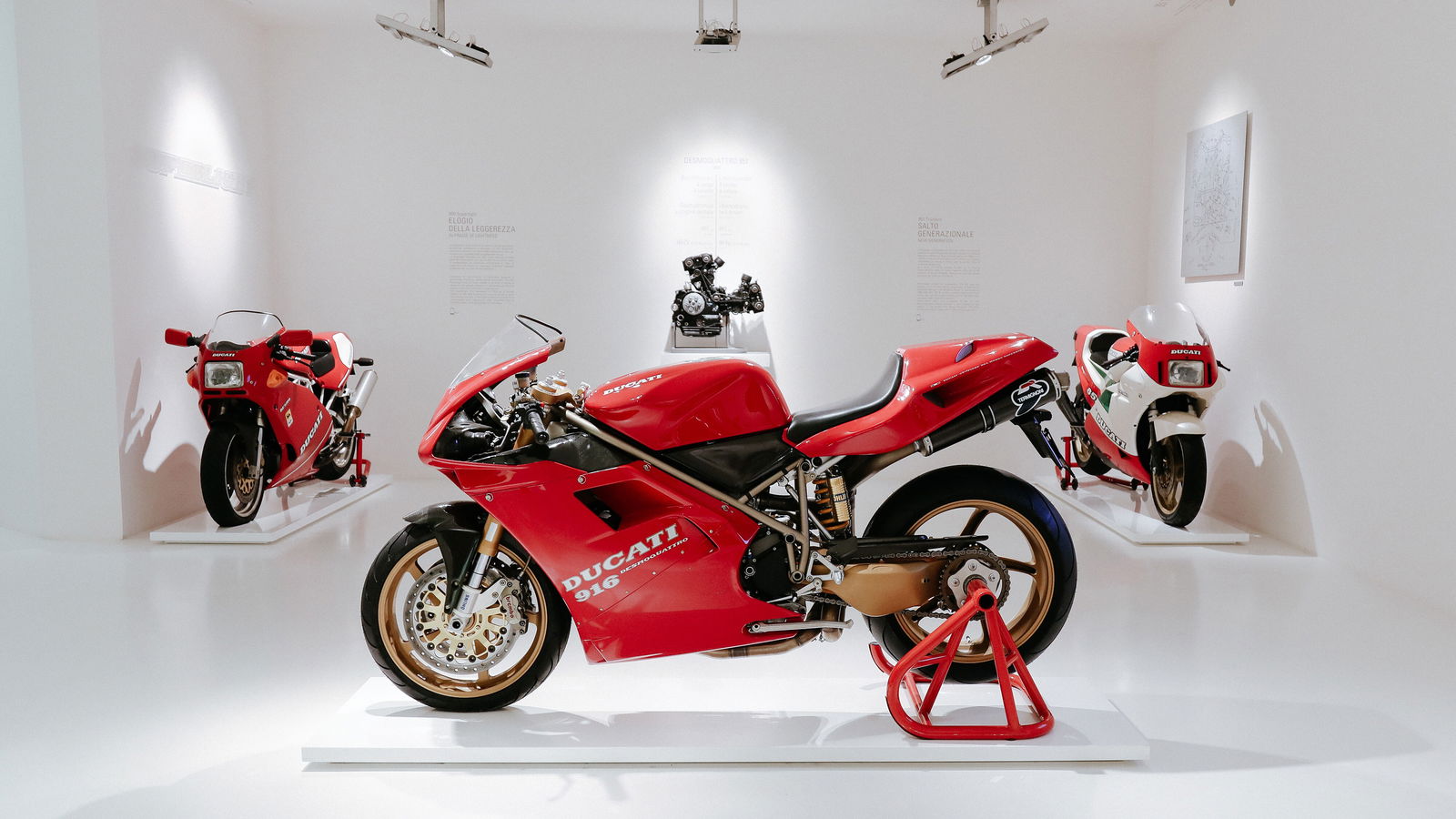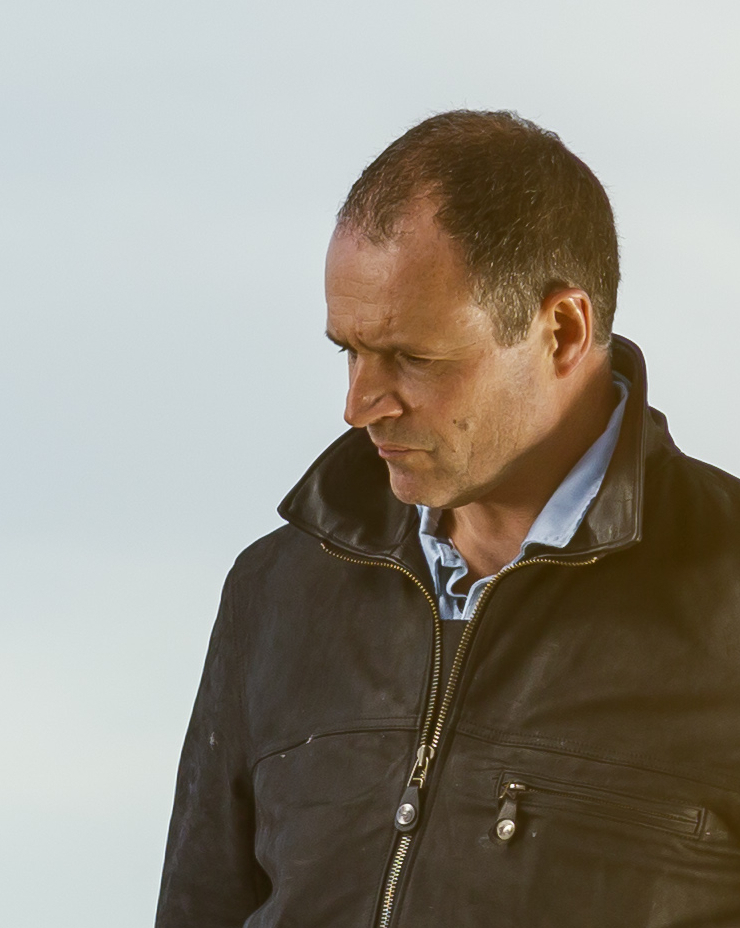Top 10 Best Suzuki GSX-R Models
The GSX-R is (sort of) dead. Long live the GSX-R – here’s our pick of the best
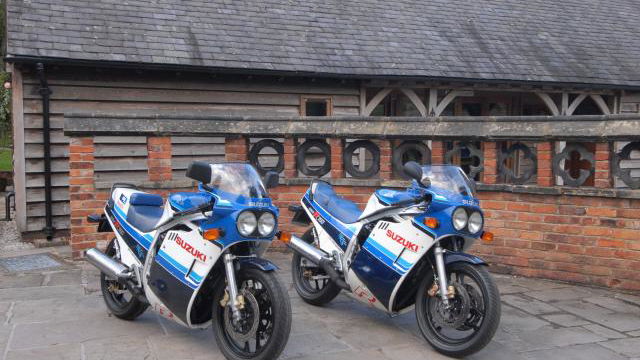
The deletion of the Suzuki GSX-R1000R in 2022 due to its failure to meet Euro5 also represented the end of the famous GSX-R line in Europe as the GSX-R750 and 600 had also reached the end of the line earlier, in 2017.
While that’s not the overall end of one of the most famous sporting families in motorcycling of the last 40 years (the GSX-R600, 750 and 1000 remain on sale in other markets such as the US, for example, while the GSX-R125 and GSX-8R live on in the UK, although we’d argue they’re not TRUE GSX-Rs), it does seem that a line has been drawn under one of the greatest bikes in recent memory.
But with so many being offered since the original GSX-R in 1985, which were the 10 best? Here’s our pick of the bunch, in chronological order…
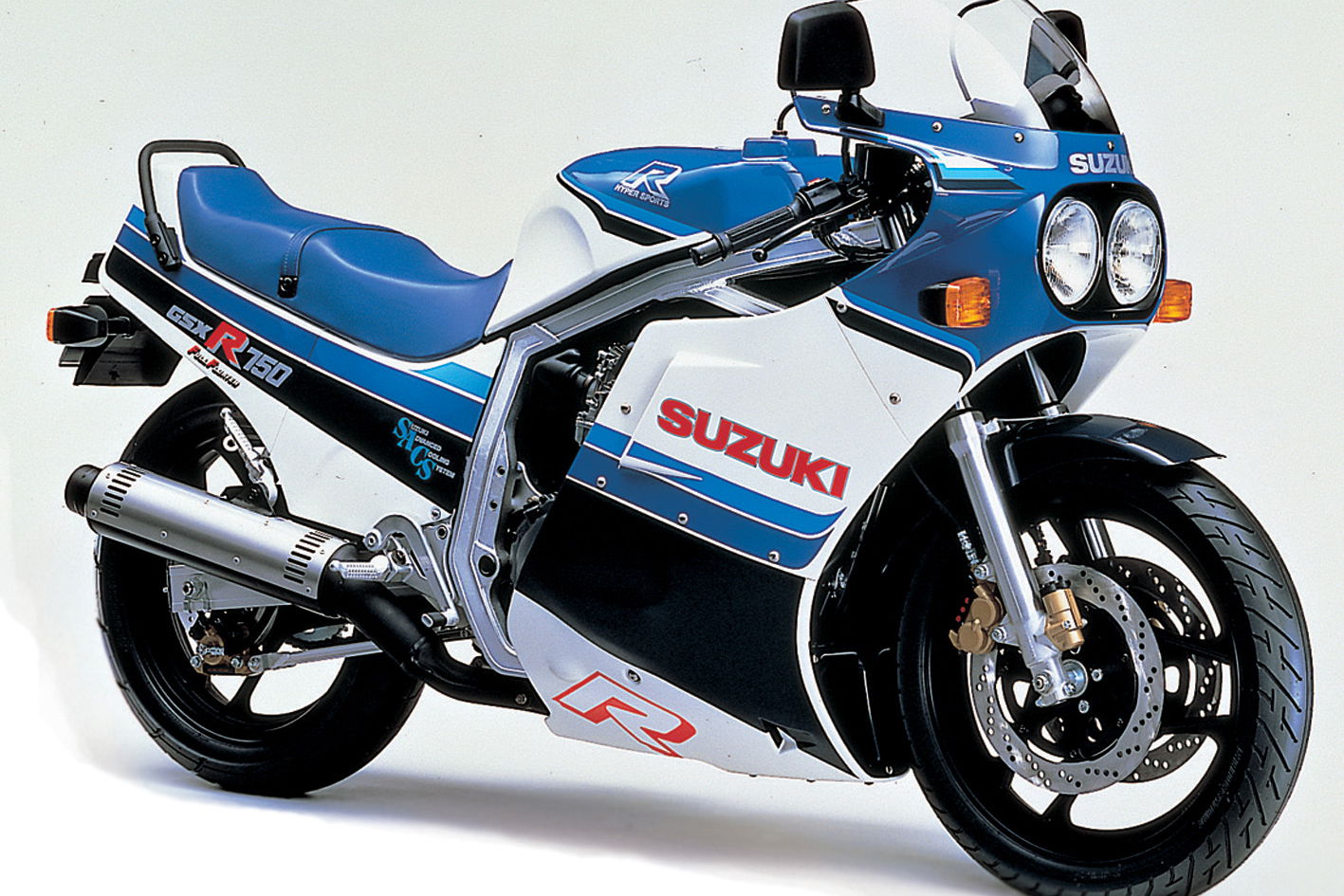
The very first GSX-R was the Japan-only GSX-R400, but for Europeans, this was where it all started. Unveiled in Cologne in late 1984, the GSX-R750F was conceived as a ‘racer’ GSX (hence the name), inspired by its factory XR41 endurance racer, and followed the same ultralight, alloy-frame mantra of the preceding RG250.
Although arguably less advanced (or powerful) than Yamaha’s new five-valve, 105bhp FZ750 launched the same year, the 100bhp GSX-R was 30kg lighter, racier and won where it mattered – on track – dominating the MCN Superstock series, grabbing 1st and 2nd at that year’s Le Mans 24-hour and taking the first four places in 1985’s Production TT. A new king was born.
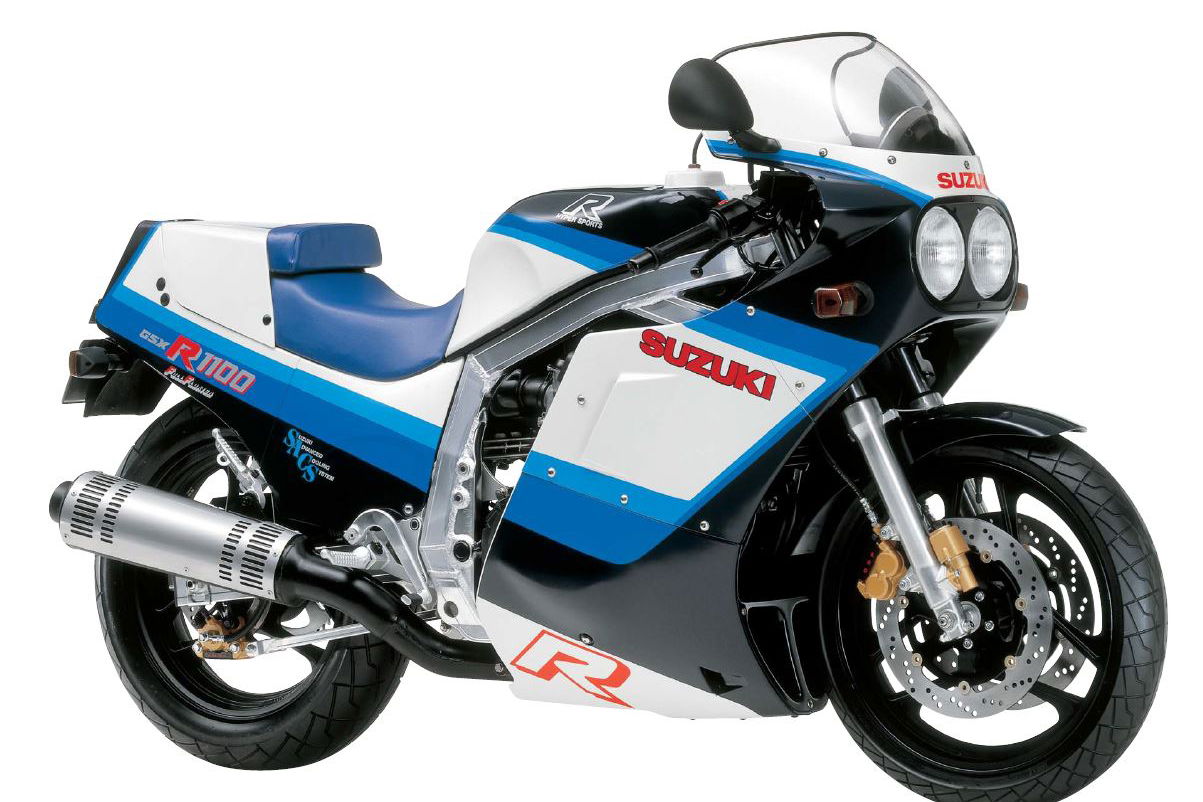
For 1986, the 750 F was tamed slightly with a new, longer swingarm and also gained an (on paper) even more fearsome big brother – the 130bhp GSX-R1100G. In truth, with a gruntier, less peaky power delivery compared to the 750, longer wheelbase and steadier steering geometry, the 1100 was something of a big pussycat – albeit a ballistically fast one. Even so, it was good enough to establish the 1100 as the new king of the hyperbikes, be the main rival for a succession of Yamaha FZR1000s (first the Genesis, then the EXUP) and, with power growing over subsequent models to a whopping 147bhp become the go-to motor for a whole generation of hooligans.
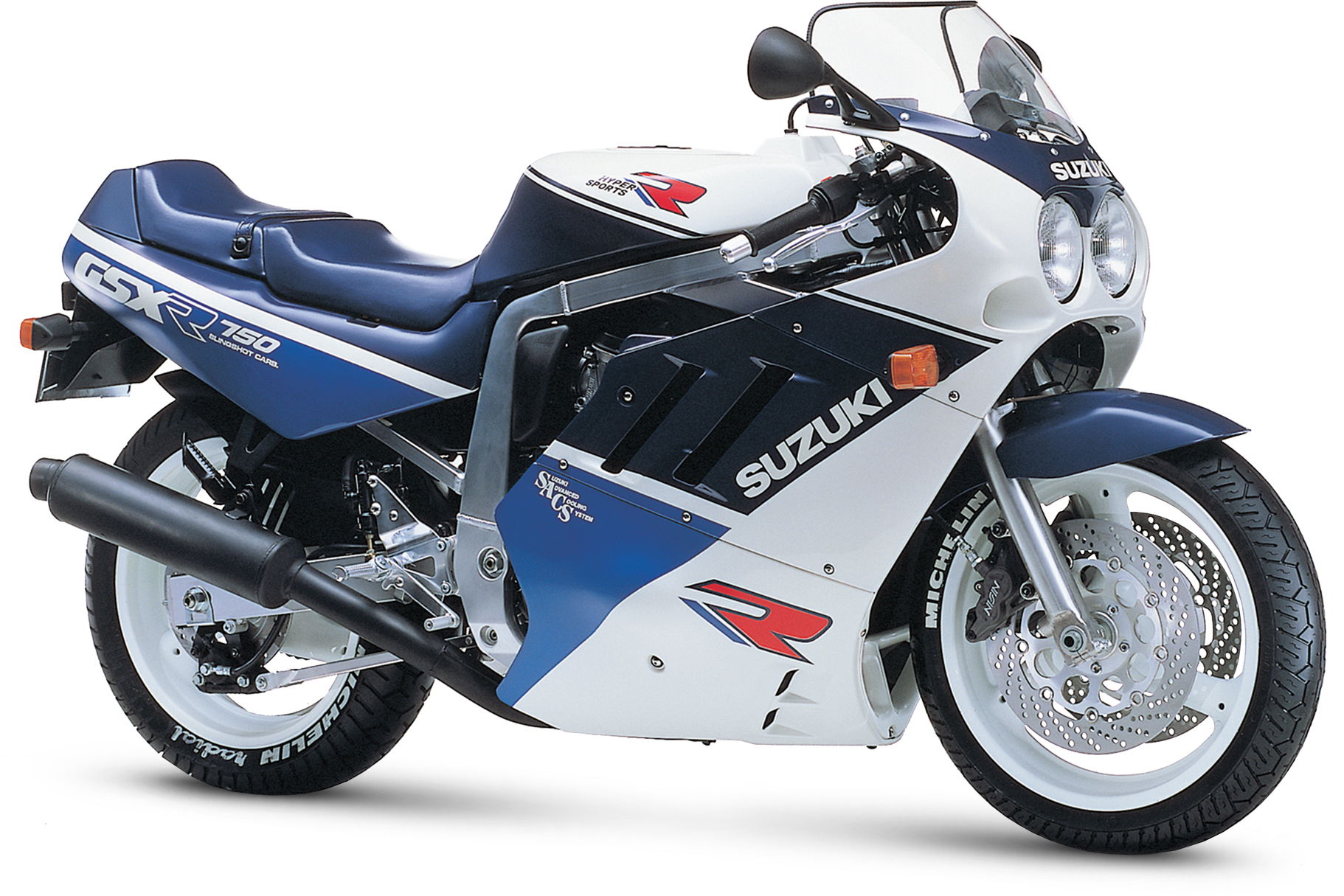
Subtle updates aside (the 1987 GSX-R750H got stronger 41mm forks), the true ‘second generation’ GSX-R was the 1988 GSX-R750J (again accompanied by an 1100 version), which quickly became best known as the ‘Slingshot’ for its novel 36mm constant-velocity semi-flat slide carb design. Other changes included a revised short-stroke motor with bigger valves and high-lift cams which boosted peak power from 100bhp to 112, uprated suspension, new four-pot brakes, new, smaller 17-inch (from 18-inch) wheels, more compact dimensions and new styling.
Unfortunately, it was also heavier, had reduced ground clearance and wasn’t a match for Honda’s first WSB-winning RC30 on track. But as a road bike, first as the 1988 J, then the infamous 1989 K (which gained something of a ‘widowmaker’ reputation for its overcomplicated suspension and twitchy handling), it remained popular.
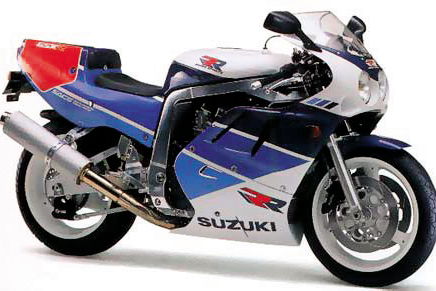
Arguably the rarest GSX-R of all. While Honda and Yamaha’s 1988 world superbike homologation ‘specials’, the RC30 and OW01 remain famous and cherished, Suzuki’s slightly later and less successful version remains rare and less well-known – and that’s a shame. Also known as the ‘RR’, just 500 were built with 200 coming to Europe and only 30 making their way to the UK. Along with the obvious single seat it had a longer stroke motor to make it easier for race teams to tune, plus extra goodies such a magnesium cylinder head cover, Mikuni BST40 carbs, close-ratio gearbox, stronger clutch, aluminium fuel tank, wider wheels, bigger discs and fully adjustable suspension front and rear.
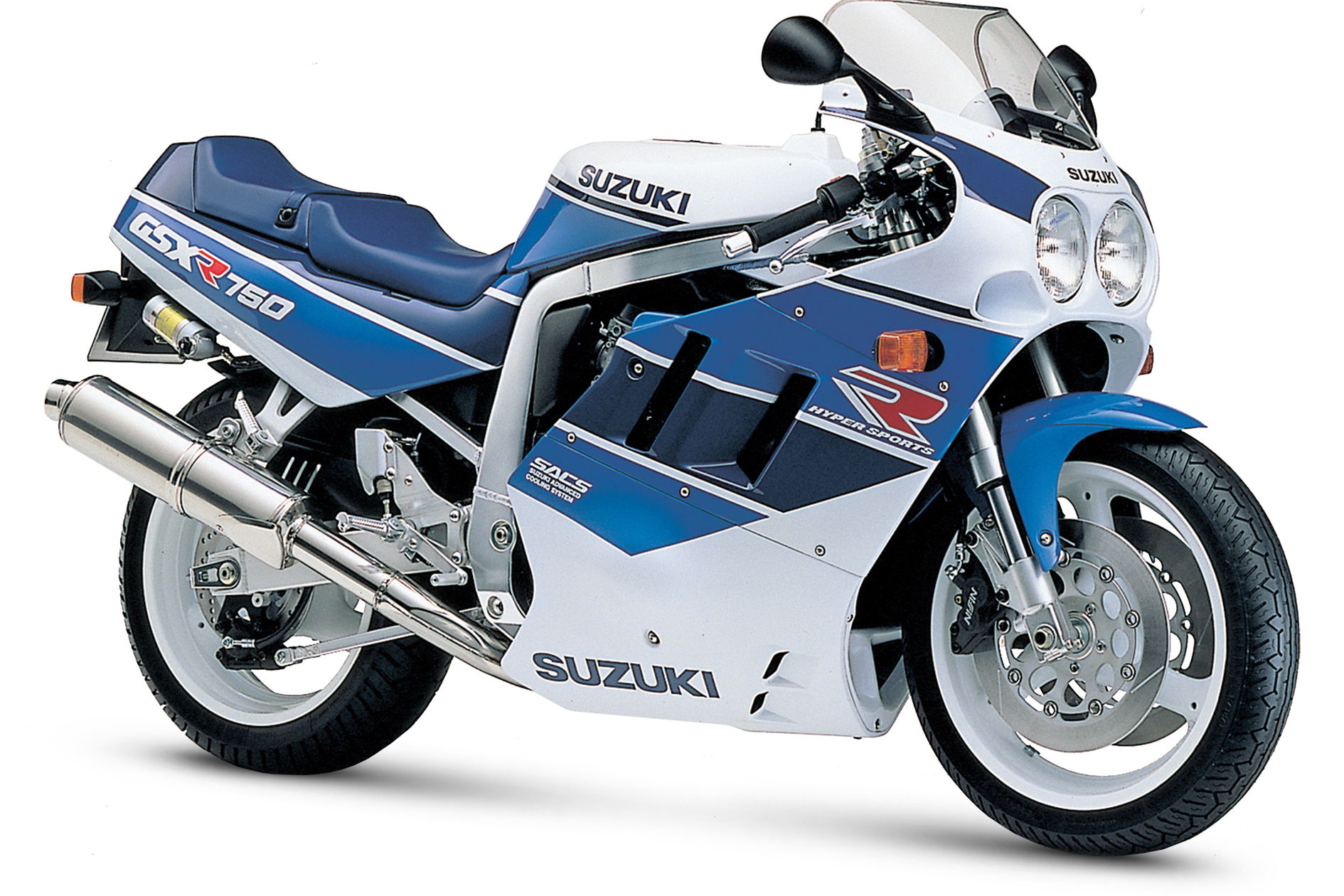
After the debacle of the GSX-R750 and 1100Ks, Suzuki’s totally revamped the suspension on its big Gixxers for the following year with the result being the GSX-R750/1100L, so becoming the first production superbikes with inverted forks. (Yes, again, we know the likes of Aprilia introduced them before that on their tiddler 125s, but these were the first big bikes so equipped.) It also saw a return to the long-stroke motor along with a new 4:1 exhaust, steering damper, 38mm carbs (up 2mm on the previous 'K' although 2 mm smaller than the R), smaller valves, new conrods, lighter pistons, a large capacity oil pump, a larger, curved oil cooler and a wider rear rim.
Both were fast, great looking, reasonably affordable and handled acceptably, too, even if rather big and heavy. Indeed, the 1100, with a class-leading 147bhp (and too much weight) was the most fearsome and imposing superbike of its day, with the impressed followers to match, so making it something of a desirable modern classic today. Soon after, however, both were rendered largely obsolete by the arrival of Honda’s first CBR900RR FireBlade and although they were facelifted, refined and, from 1992, gained water-cooled engines, Suzuki’s big GSX-Rs would not again be considered credible superbikes until the arrival of the SRAD in 1996…

After the best part of a decade in the doldrums, Suzuki again made its GSX-R a race and class winner with its all-new 750WT. Inspired this time by the 500cc GP racer Kevin Schwantz rode to the 1993 500GP title, out went the twin loop frame, and in came an all-new alloy twin beam, a new engine boasting SRAD (Suzuki Ram Air Direct) induction, 39mm carbs and 128bhp – the then highest in the class. Just as importantly weight was down 20kg to 179kg (the same as the 1985 original) while its stumpy 1400mm wheelbase a
nd aggressive 24 degrees of rake mimicked Schwantz’s bike, too. In truth, it wasn’t quite the success hoped for, struggling in world supers and having its road thunder quickly stolen by Yamaha’s 1998 R1. But the SRAD did win in world endurance (and, later, AMA Superbike with Mat Mladin), reinvigorated the GSX-R ‘brand’ and set the template for those which followed.
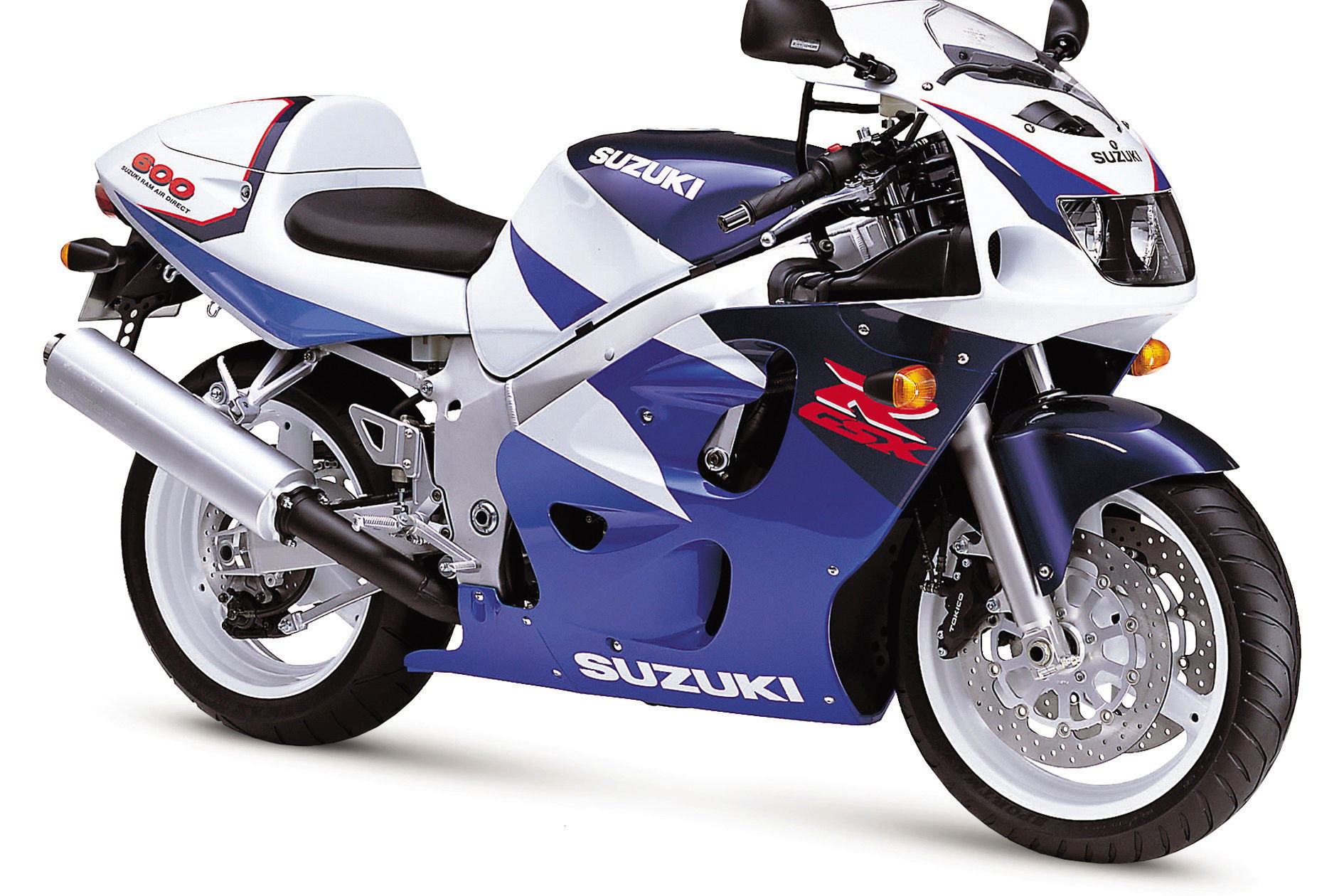
Although far less heralded at the time, the first GSX-R600, which was largely based on the previous year’s 750 SRAD, but with conventional forks and a more basic spec, was arguably more significant. As the first true ‘racer replica’ 600 it proved a winner on track, snatching both the 1998 and 1999 World Supersport crowns (in the process popularising the yellow/blue livery of its victorious Alstare Corona team) while as road bike it was arguably even more influential, prompting the arrivals of Yamaha’s 1999 R6 and Honda’s 2004 CBR600RR. Today it remains a popular (and cheap) track day machine.
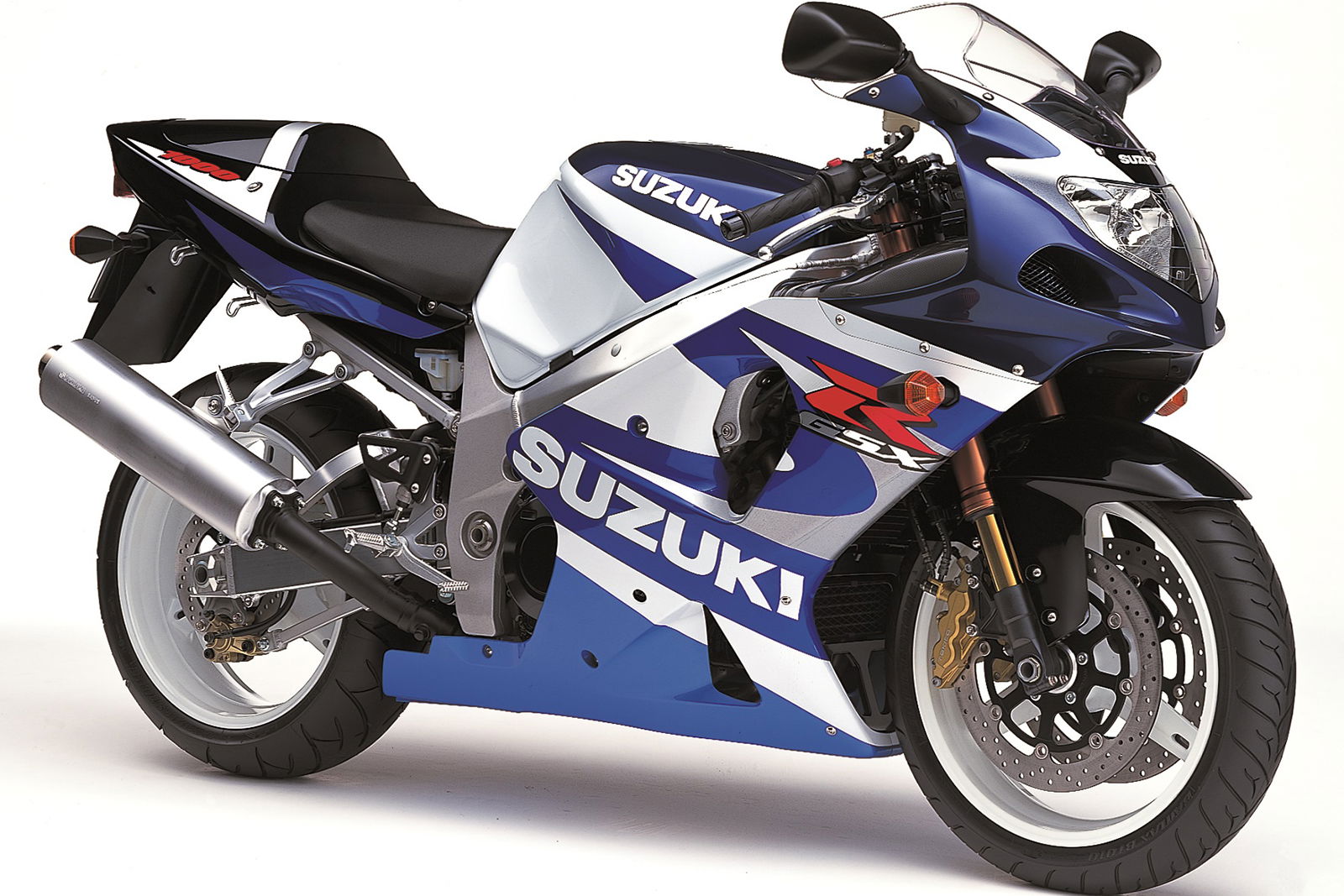
Following on from the SRAD, the next big GSX-R development was the first 1000cc version and thereby the spiritual successor to the old 1100 which had been deleted in 1995 – the 2001 GSX-R1000K1. Created to the then standard template of aluminium beam frame, transverse four-cylinder engine and ultra-compact dimensions, to succeed Suzuki’s newcomer had to beat Yamaha’s reigning 150bhp/177kg R1 superbike king and, with 160bhp and just 170kg, the first GSX-R1000 did exactly that. More significantly still, the GSX-R1000K1 also proved a winner on track. Although WSB and BSB were still restricted to 750s, it claimed eight out of nine big bike TTs between 2002 and 2004 and, when superbike regs changed in 2004, it won BSB in 2004 and World Supers in 2005.
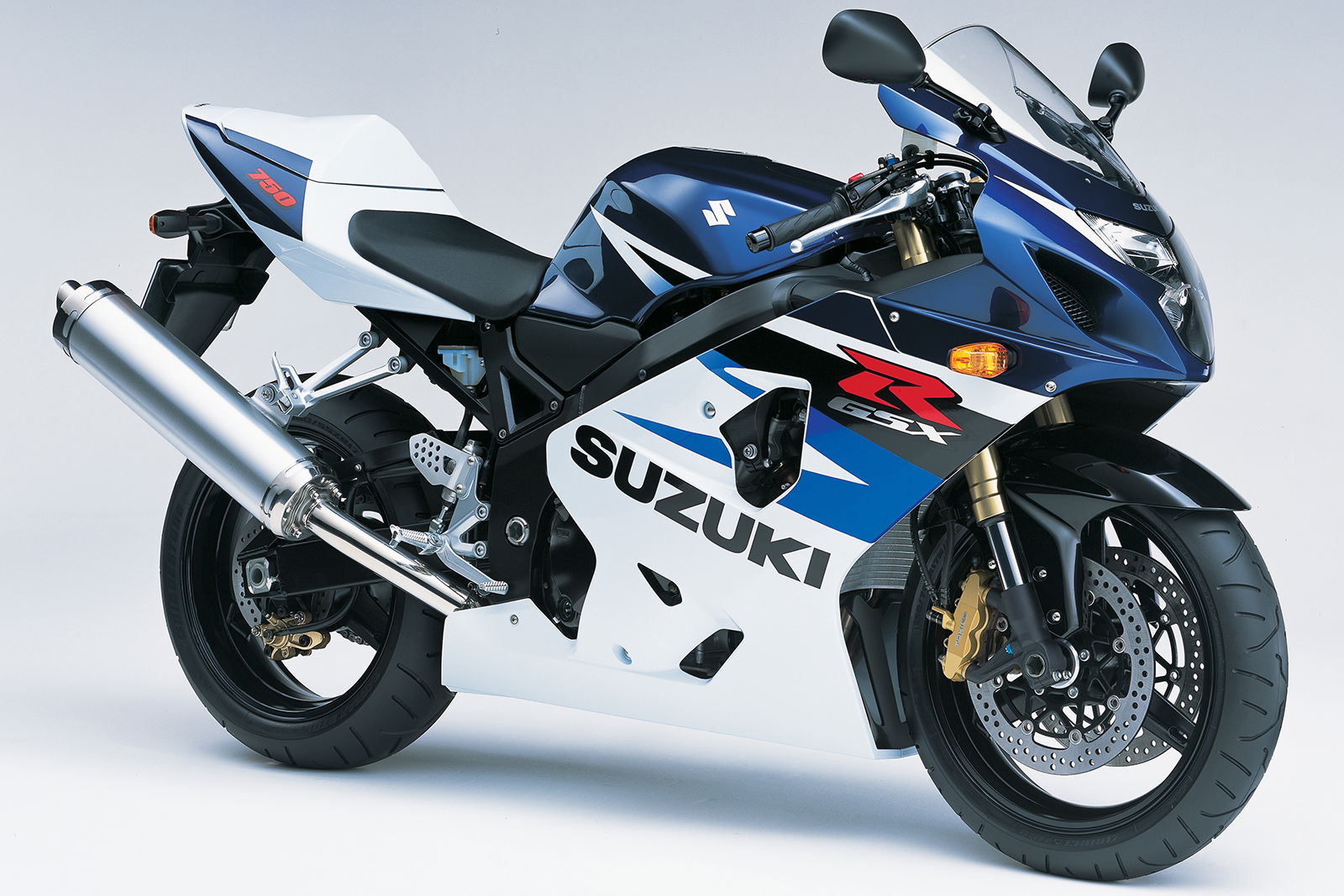
2001’s GSX-R1000K1 also began a new era of K-designated GSX-Rs across three capacities (600, 750 and 1000), each being updated every two years, which continued up to the family’s slow demise after 2010. All were good but most highlight the 2004/5 750K4/5 for its mouthwatering mix of looks, handling and performance.
Sadly, after 2007, Suzuki decided to emphasise road over track performance while a global decline in sports bike sales meant Suzuki slowed if not ignored its development entirely. The 750 wasn’t updated after 2008, the 600 after 2011 and, although Suzuki marked its one millionth GSX-R in 2012 with a special livery, both were dropped in Europe at the end of 2017.
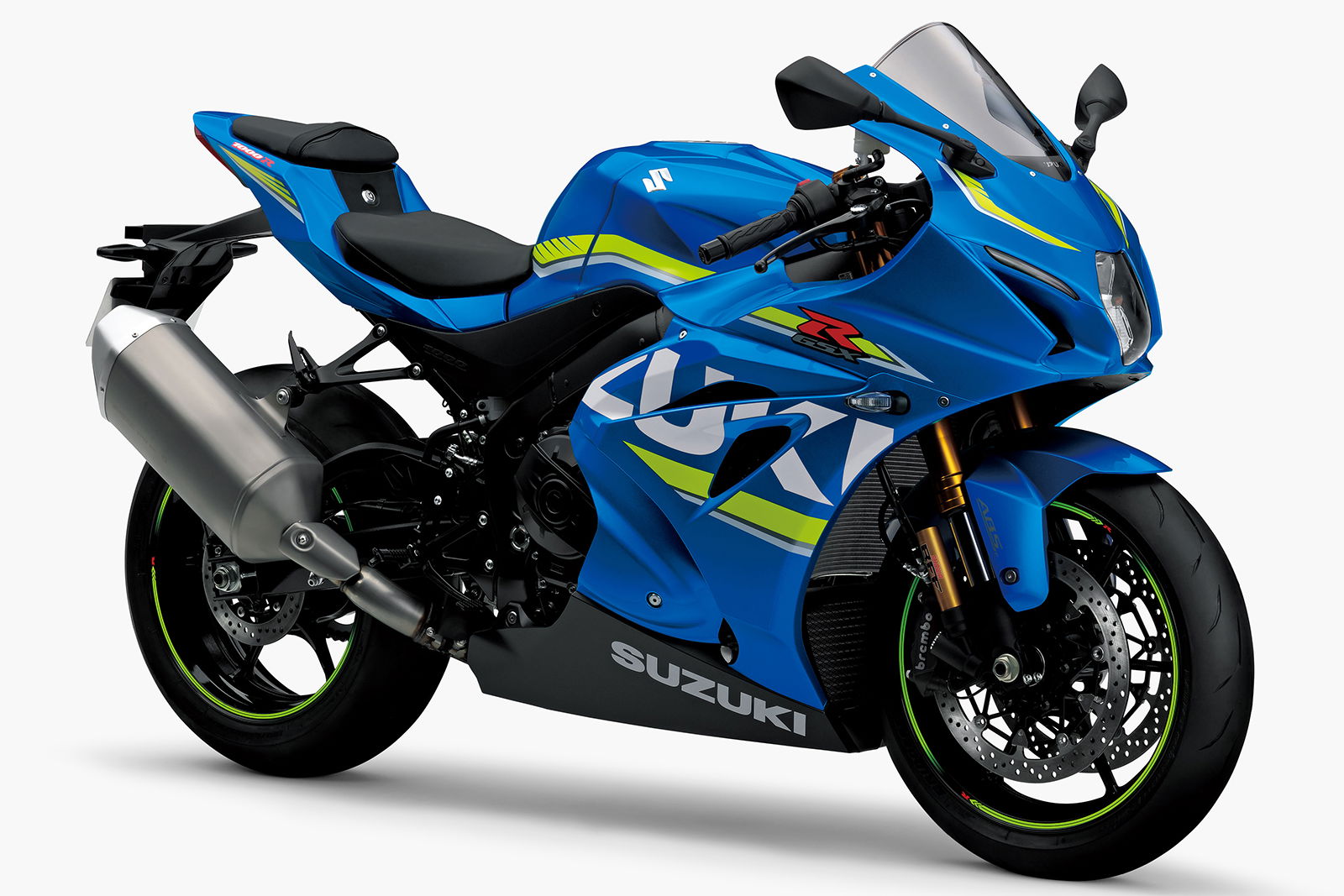
Although all of Suzuki’s GSX-Rs seemed to be in slow decline after 2010 and were never again truly competitive on road or track, the GSX-R1000 did receive one final ‘hurrah’. After an overlong teaser campaign, an all-new, now MotoGP-inspired GSX-R was launched in two guises in 2017, a standard version and an upspecced potential racer with variable valve timing.
It wasn’t quite enough to match the latest generation Yamahas and Kawasakis, and failed to make much of an impression either in BSB or WSB (although it did win that year’s Senior TT in the hands of Michael Dunlop). Perhaps as a result it was relatively short-lived and, as mentioned in our introduction, was dropped due to Euro5 in 2022.
